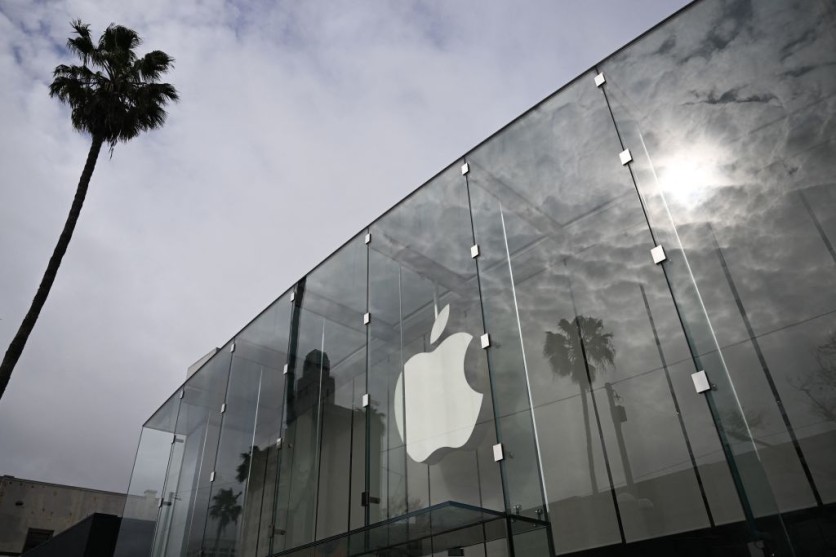Apple is reportedly exploring the design of its camera sensors, aiming to enhance the iPhone's photography system, currently reliant on Sony. The tech giant seeks to add substantial value before considering a shift from Sony.

Pursuing Self-Sufficiency
Apple is actively pursuing self-sufficiency in component design to reduce reliance on its supply chain for certain iPhone parts, aiming for increased control over production. This move is driven by a desire to disengage from major rivals like Samsung and to sever ties with Qualcomm, a company facing scrutiny for its sales practices.
According to the latest Power On newsletter by Bloomberg's Mark Gurman, Apple has several in-house design projects underway, including the development of a 5G modem chip initially intended for the iPhone 15 lineup this year.
Apple faces a significant challenge as past court testimony revealed the company's acknowledgment of Qualcomm's modems as the best, despite reservations about the chip design firm.
Due to the challenges faced in the development of this project, Apple found itself compelled to renew its collaboration with Qualcomm, extending the partnership until 2026. Although there were initial expectations for Apple to unveil its 5G modem chip in 2025, it now seems that Apple will not introduce its proprietary 5G modem chip until 2027, specifically for the iPhone 18 series.
Apple is internally developing various components, including a combined Wi-Fi and Bluetooth chip intended to replace current Broadcom-purchased components. While initially aiming for completion by the iPhone 17 in 2025, this project is experiencing delays.
Among Apple's extensive in-house initiatives, a significant undertaking involves the development of micro-LED displays. As reported by Japan's Nikkei news agency in May of the previous year, Apple has invested over $1 billion in this technology over the past decade.
The inaugural device featuring Apple's micro-LED display is anticipated to be the Apple Watch. These displays, equipped with sensors, hold promise for integrating additional health-related features into Apple's wearable.
Apple's Strategy
Phone Arena reported that Apple's overarching strategy involves eventually integrating these technologies into its iPhone. Recognizing the iPhone as a pivotal revenue source with a significantly larger production volume, Apple aims to justify the investments made over the years.
Recent discussions have surfaced about Apple venturing into customized battery designs to power its products post-2025. While there were earlier rumors in 2019 about Apple exploring proprietary battery designs, as highlighted by Gurman in his latest newsletter, this remains a challenging prospect for Apple at the current juncture.
Also Read : Qualcomm to Supply 5G Chips for iPhones Through at Least 2026 Amid Apple 5G Modem Pushback
There are indications that Apple is contemplating the development of its own camera sensors. Given the significance of the iPhone's photography system as a key selling point, Apple currently relies on Sony for its iPhone camera sensors.
Apple is keen on ensuring it can enhance this aspect significantly before considering a replacement for Sony. A prolonged project in Apple's pipeline involves the creation of a non-invasive blood glucose monitor tailored for the Apple Watch.
If successfully implemented, this feature could revolutionize insulin management for diabetics by eliminating the need for painful blood draws with lancets and costly test strips.

ⓒ 2025 TECHTIMES.com All rights reserved. Do not reproduce without permission.




